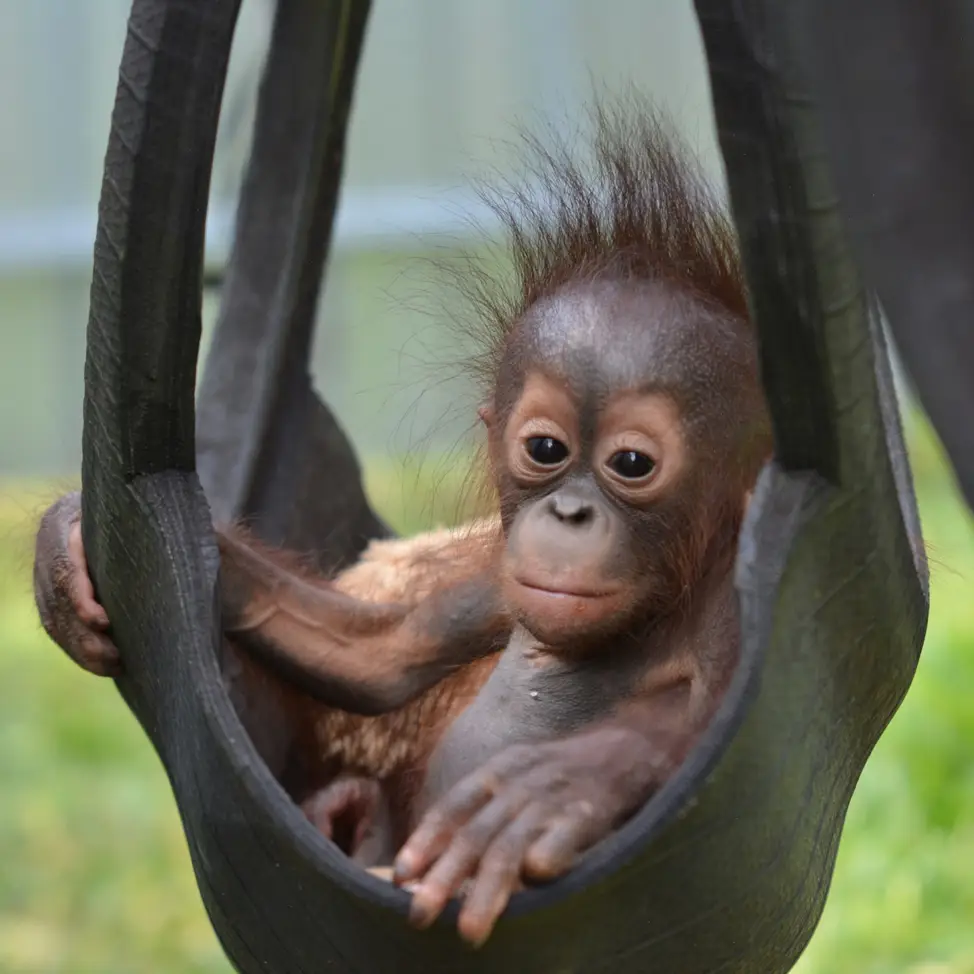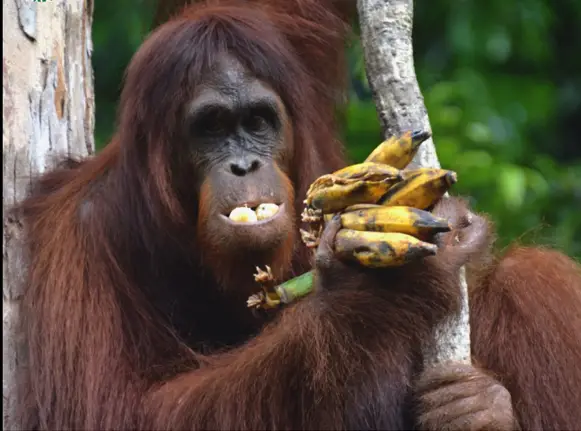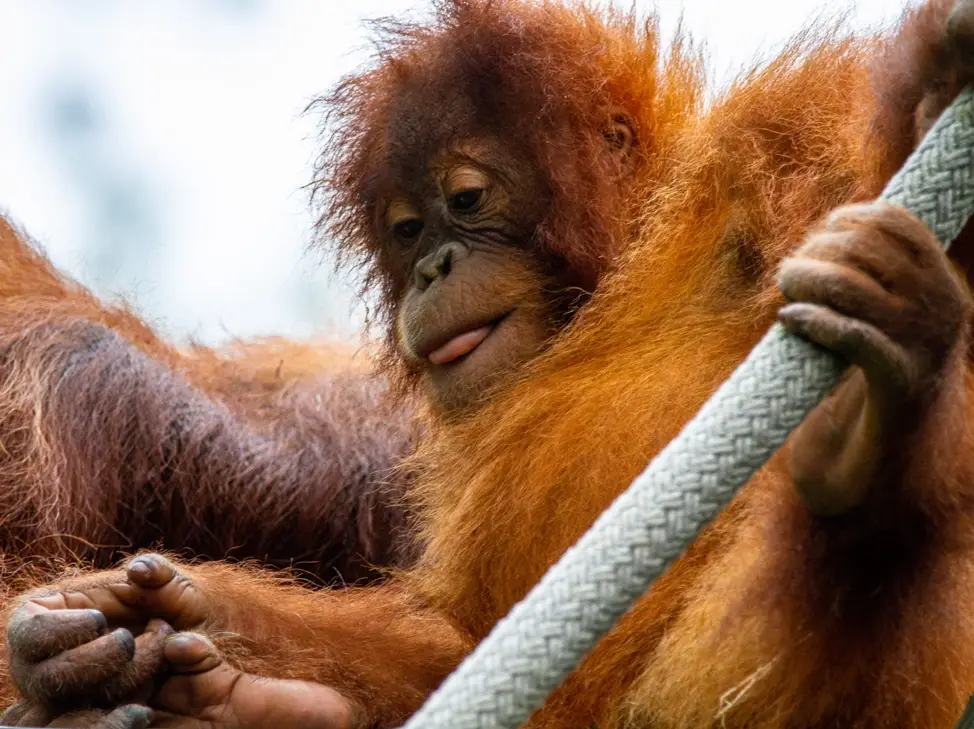1. Orangutans can be found in Borneo and Indonesia.
Though at Oceans 2 Earth Volunteers, our program is based out of Borneo, orangutans can also be found in Indonesia. More specifically, they can be found in the tropical rainforests of these islands.
2. There are three species of orangutans
As stated, orangutans can be found in the regions of Borneo and Indonesia. However, there are three species of orangutans divided by their locations. In addition to the Bornean species (pongo pygmaeus), there are also two Indonesian species. The first is the Sumatran (pongo abelii), found in the rainforests just two islands north of Bali. The second is the Tapanuli (pongo tapanuliensis) located in North Sumatra but was only named as a new species in 2017 according to the WWF.
3. Orangutans are tree-dwellers.

Watch out! Orangutan coming through!
Orangutans are tree-dwellers meaning they create their homes up in the branches of the rainforest. Every night they can build their nests in under 10 minutes weaving branches together to make a sleeping platform and potentially a roof.
4. Orangutans mostly eat fruits, but will eat leaves, bark, and soil too.
An orangutan’s diet consists mostly of fruits, and more specifically, they love durian which is wildly known for being very pungent. However, if they can’t get their hands, or feet, on this, they’re happy to eat other tropical fruits, leaves, nuts, and types of tree bark.
5. Orangutans share DNA with humans.
Though we might not look very similar to orangutans on the outside, researchers have discovered that humans share about 97% of our DNA with these red-haired primates. In Malay, the words “orang hutan” translate to “person of the forest.”
6. Orangutans can live for decades.
Now that we know orangutans are practically cousins to us, it’s no wonder they have long lifespans. In fact, when in the wild they can live 35 to 40 years or even into their 50s and 60s when in captivity.

This baby orangutan could live to be 60 years old.
7. Male and female orangutans don’t live together.
Though, unlike us humans, male and female orangutans live very separate lives from each other. According to National Geographic, females and their young will live together but the males will live on their own.
8. Female orangutans give birth once every seven to nine years.
According to WWF, young orangutans will stay with their mothers until they’re seven years old learning skills and knowledge. Due to this fact, female orangutans only have offspring every seven to nine years.
9. Orangutans are much bigger than you might realise.

This orangutan doesn’t seem very keen to share his bananas.
You might think because orangutans swing from branches so easily that they would be small and lean. However, it’s quite the opposite. Orangutans can have a wingspan (fingertip to fingertip) of about 2.2 meters, weigh up to 100 kilograms, and measure up to 1.5 meters tall.
10. Orangutans are endangered.
Despite all these amazing facts about these beautiful creatures, all three species of orangutans are, unfortunately, critically endangered. This is mostly due to habitat loss. Because they are tree-dwellers, deforestation from logging and forest fires wipes out their habitats. In addition, over 85% of the world’s supply of palm oil comes from oil palm trees found in Malaysia and Indonesia. The loss of these trees to produce palm oil not produces more carbon in the atmosphere but hurts orangutans from having a home.


